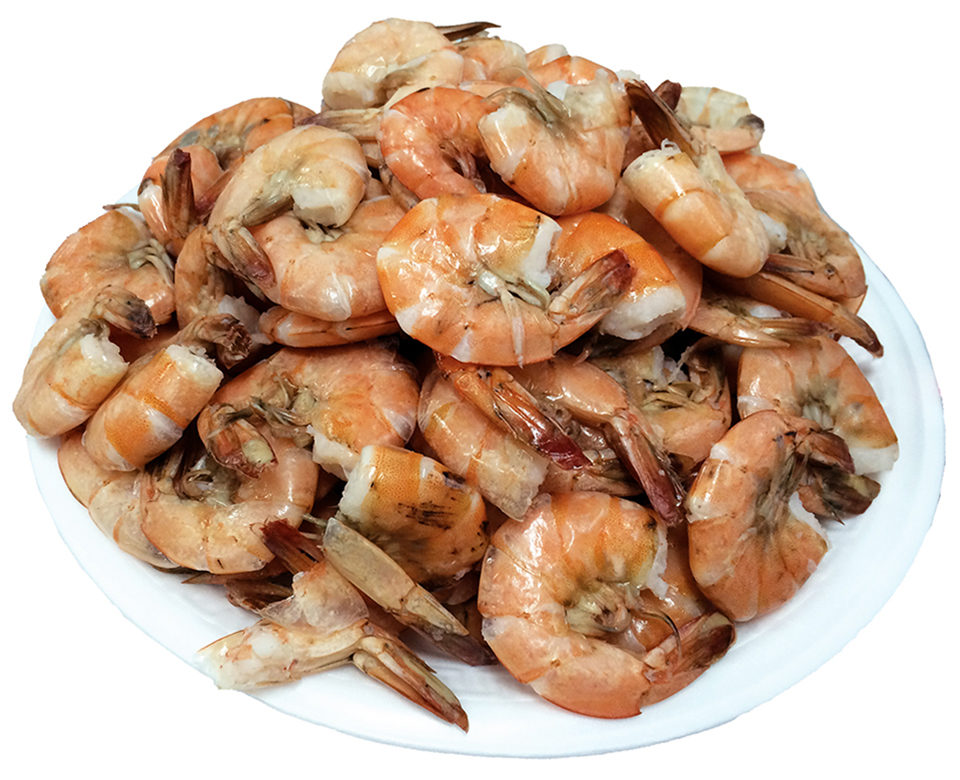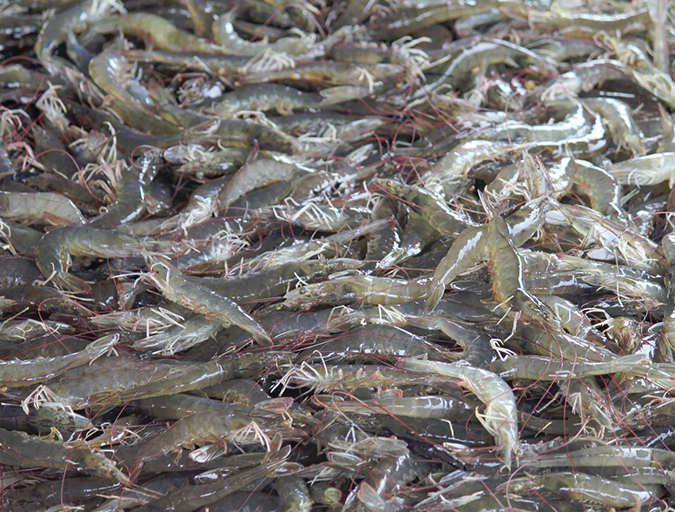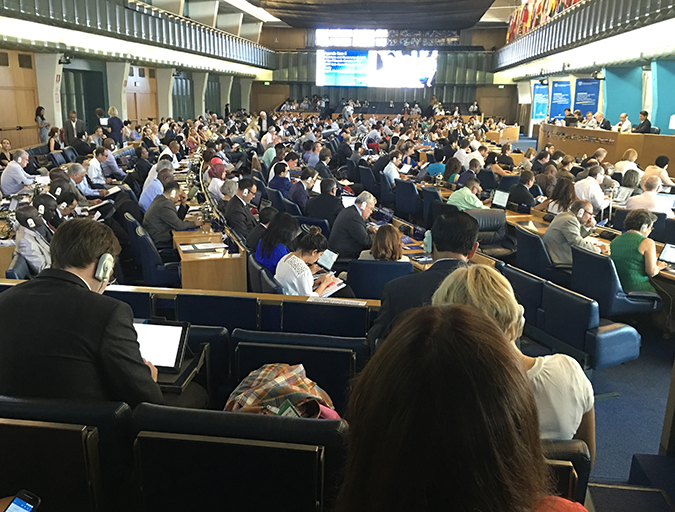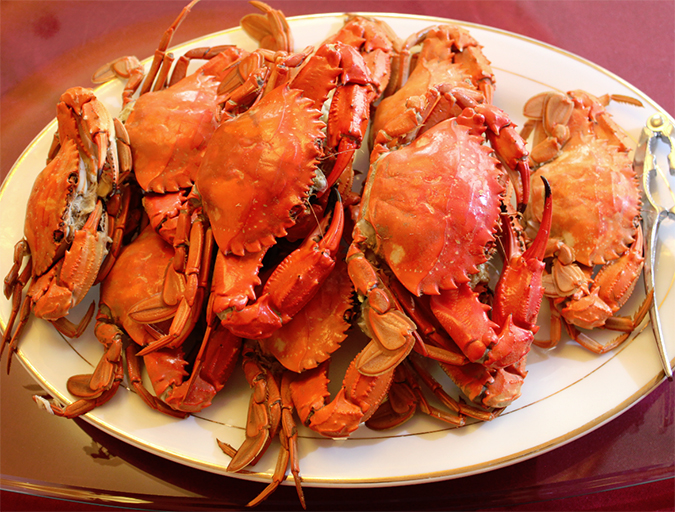National program aims to increase consumption by one-third

An important pathway forward was created at the Mexican Fisheries and Aquaculture Economic Forum organized by the Secretariat of Agriculture, Livestock, Rural Development, Fisheries and Food (SAGARPA) through the National Commission of Aquaculture and Fisheries (CONAPESCA) by announcing a campaign promoting consumption of Mexico’s fishery and aquaculture products.
During the opening of the late-November event, SAGARPA Secretary Martinez y Martinez told the 1,500 delegates that the objective is to raise seafood consumption from 9 kg/person to 12 kg/person by 2018. To meet that goal, the Mexican government will be driving public policies, programs and resources to increase production and expand the availability of marine and aquaculture products.
The strategy will encompass sustainable practices, standards enforcement, strategic development and capitalization of aquaculture, as well as encourage the consumption of fishery and aquaculture products. The government has allocated the fisheries/aquaculture sector 3.2 billion pesos ($230.5 million) this year – an increase of 33 percent over last year.
Commitment to aquaculture
The SAGARPA head stated that under the strategic project for the shrimp sector, 3.75 billion postlarvae, which contributed to stocking 52,430 ha, were acquired, and a Shrimp Insurance Fund was created to bolster investor confidence and ensure activity that generates 37,500 jobs. Other major arrangements included a Fisheries Infrastructure Program, which will help the whole seafood industry.
From the president down, there has been commitment in the public policies of the Mexican administration to boost rural aquaculture and improve the quality of life of communities and commercial aquaculture in inland waters by improving productivity in reservoirs. There is a firm belief that regular consumption of fish is a great contribution to the welfare of the nation and the health of the Mexican population. Clearly, Mexico is listening to the Food and Agriculture Organization of the United Nations on understanding the important links among seafood, health and food security.
Omega-3 fatty acids
U.S. dietician Christopher Speed spoke to the audience about the importance of omega-3 fatty acids for humans in early childhood and throughout life, to prevent chronic diseases.
“Even though many countries have acted to get the messages through to their citizens to consume at least a minimum amount of omega-3, Mexico and the United States are lacking that kind of institutionalized measure, and therefore less is consumed,” Speed said.
Speed recommended that mothers ingest omega-3 acids during pregnancy and babies’ early years to improve milk quality, as well as direct consumption by children during the first three years of life. Inadequate intake of omega-3s by adults can cause brain and heart disorders that increase healthcare costs and threaten to destabilize economies worldwide.
Speed, who chairs the Omega Wellness Foundation, highlighted the fish species most prized for their fatty acid content and mentioned that Mexico has many of them available – notably sardines and tuna – and so has the raw materials to quickly turn their omega-3 position around, given the right strategies.
Communications
The director general of organization and development of CONAPESCA, Jorge Luis Reyes Moreno, said in his keynote presentation that the new campaign also seeks to address some of the negative messages that seafood is expensive and difficult to cook, and that the industry is not sustainable. He emphasized the need to build strategies that include campaigns to promote the consumption of seafood at the national and regional levels through the media.
CONAPESCA Board President David Castro Villavicencio stressed that the current federal administration created guidelines that will see activities such as advocacy, strategic studies, market surveys, and regional and national fairs and events. He presented the regional campaign currently in planning, which focuses on consumption of tilapia, trout and squid, and how to integrate them into families’ diets, specifically in Mexico City, Guadalajara and Monterrey, and in the states of Aguascalientes, Querétaro, Puebla, Leon and Morelia.
Innovation key
Innovation will be a key as the campaign moves forward to boost fish consumption through restructured products developed from species with low prices but high protein and nutritional content. With novel industrial processing, such species can be converted into sausages and various shapes for use in simple recipes like sandwiches, croquettes, fish fingers and salads, as well as in main dishes.
A demonstration of these alternatives was given by Chef Oropeza, one of the most popular television chefs in Mexico. Oropeza said: “We need to influence the youth to begin to experience different flavors – ideally before they are 6 years old – and encourage parents to test all products of the sea and get to know how good they are.”

U.S. CDC, preventable diseases
Meanwhile, in the United States, according to the Centers for Disease Control and Prevention, chronic diseases and conditions – such as heart disease, stroke, cancer, diabetes, obesity and arthritis – are among the most common, costly and preventable of all health problems.
As of 2012, about half of all adults – 117 million people – have one or more chronic health conditions. One of four adults has two or more chronic health conditions. Additionally, obesity is a serious health concern. During 2009 and 2010, more than one-third of adults were classified as obese. Nearly one of five youths aged 2 to 19 was considered obese. The Seafood Nutrition Partnership recently promoted the initial findings from its “Eating Heart Healthy” pilot program. About 92 percent of the participants were shown to have lowered their risk of sudden cardiac death by eating seafood since the program started at Brigham and Women’s Hospital in June.
All participants in the Boston-based program were medically tested for baseline levels of omega-3s, then retested in October following three months of implementing a heart-healthy diet rich in seafood. The post-program measurement revealed that more than nine in 10 women participating in the program had improved their omega-3 index, and nearly six in 10 had moved into a lower cardiac risk quadrant.
Over a period of four weeks, women in the program participated in talks and cooking demonstrations. Equipped with newfound heart-healthy knowledge, participants came away with recipes to feed a family of four for $10 a meal, sample omega-3 capsules and follow-up informational support via text, newsletter and social media.
Perspectives
It will be interesting to see how the outcomes differ between the United States and Mexico. The latter has a government dedicated to making the changes, which surely will make a difference.
(Editor’s Note: This article was originally published in the January/February 2015 print edition of the Global Aquaculture Advocate.)
Author
-

Roy D. Palmer, FAICD
GILLS
2312/80 Clarendon Street
Southbank VIC 3006 Australia
www.gillseafood.com[109,111,99,46,108,105,97,109,103,64,114,101,109,108,97,112,100,121,111,114]
Tagged With
Related Posts

Intelligence
A motive, and a market, for farmed fish in Mexico
Boasting ample areas for aquaculture and a robust domestic demand for seafood – not to mention its close proximity to the U.S. market – a land of opportunity lies in Mexico. Fish farming is primed to meet its potential south of the border.

Health & Welfare
Four AHPND strains identified on Latin American shrimp farms
Two virulence genes are known to encode a binary photorhabdus insect-related toxin that causes acute hepatopancreatic necrosis disease in shrimp. The pathogenicities of these V. campbellii strains were evaluated through laboratory infection and subsequent histological examination in P. vannamei shrimp.

Intelligence
COFI 32 presents an opportunity to promote seafood
Writing from Rome at the United Nations’ Food and Agriculture Organization’s COFI 32 conference, Advocate contributor Roy Palmer solicits input on how to promote the health benefits of seafood consumption worldwide.

Intelligence
Doctors: Place a greater value on seafood consumption
Many important organizations around the world fail to acknowledge the importance of seafood to human health and well-being. There is a disconnect between what we know regarding the benefits of seafood and what is being done to acknowledge these benefits and increase seafood consumption in nutrition.

